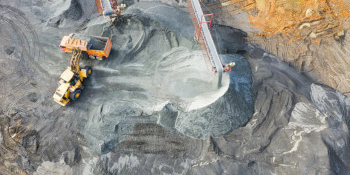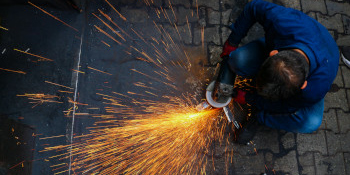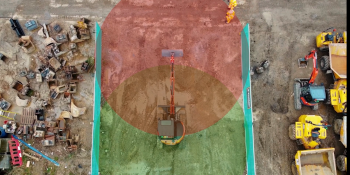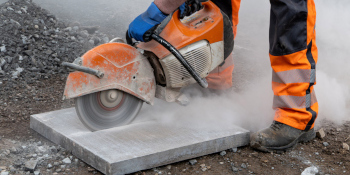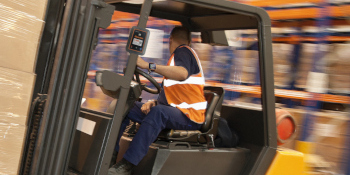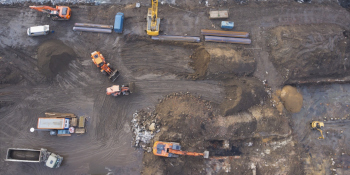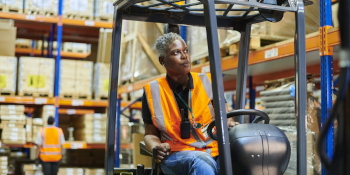Proximity technology in waste management
When evaluating the right proximity warning system for your site, you should consider how fast the solution can be deployed, how easy it is to use, whether it can be adapted to suit your specific needs, and whether it can give you the information you need to more easily avoid dangerous situations in the future.
Proximity warning technology is necessary in a number of environments, including in the waste and recycling sector. Any environment in which there are pedestrians working near moving vehicles, or dangerous equipment/areas, should consider upgrading their current approach to proximity warning with a more modern, more accurate system.
According to the HSE, there has been an “unacceptable number of fatal and serious injuries” in the waste and recycling sector in recent years. As a result, the HSE plans to make 500 unannounced site visits before March 2023, to carry out inspections related to these injuries.
Specifically, the HSE are focused on the two leading causes of fatal and serious injuries - machinery guarding and moving vehicles. These inspections will be carried out across the whole of the UK.
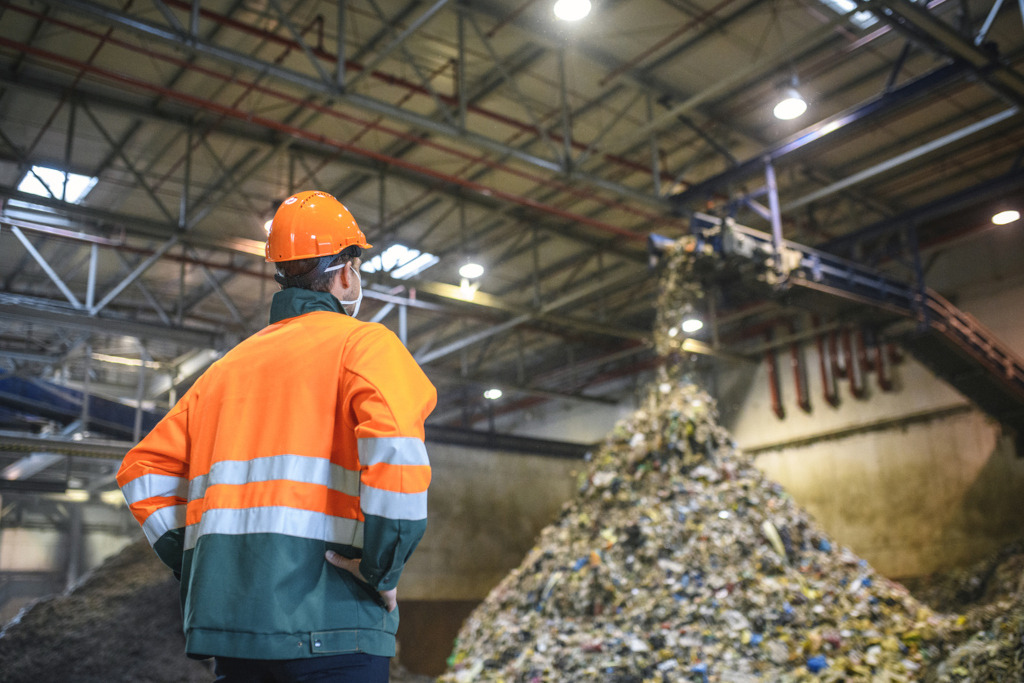
According to The Health and Safety Executive, there has been an “unacceptable number of fatal and serious injuries” in the waste and recycling sector in recent years.
During these inspections, the HSE confirmed that it will assess the sites’ specific risk control systems and the “adequacy” of health and safety management arrangements for machinery and workplace transport.
The waste and recycling sectors are vulnerable to these types of injuries due (in part) to the type of equipment used to conduct their business. Conveyors, trommel screens, and horizontal plane balers, in particular, pose a threat to the safety of workers on these sites. And the courts agree: in 2022, the director of a waste management company was sentenced to nine years in prison for manslaughter following the death of a worker in a bailing accident. And in that same year, a skip-rental company was fined £60,000 after a workers’ arm was crushed by equipment on site.
With the HSE’s attention turned toward the waste and recycling sectors, it’s key that employers in these industries consider the benefits of a proximity warning system to improve the segregation of workers from dangerous areas or moving vehicles.
R-Link is a reliable, effective proximity warning solution for the waste and recycling sectors
Reactec is a pioneer in workplace prevention engineering and an expert in proximity warning systems. Whether your organisation is small or enterprise-size, Reactec can deploy a purpose-built solution that’s designed to meet your specific needs and goals.
With over 1,000 customers, Reactec is trusted by teams across the UK to help them better manage their risk from workplace collisions with vehicles and heavy equipment.
R-Link is Reactec’s innovative, industry-leading workplace wearable technology. It was designed to provide organisations and individual workers with comprehensive functionality to create a safer, more predictable work environment.
R-Link’s advanced proximity detection utilises ultra-wideband technology to quickly and accurately detect when your workforce is too close to dangerous vehicles or equipment. More specifically, R-Link is a flexible, adaptive solution for your unique work practices that caters for safe areas as well as controlled proximity for trained personnel. With this advanced approach, you can keep your workers and workplace safer, without slowing down operations.
Put simply: you get to decide who has access to which potential hazard, who doesn’t have access, and exactly when.
And while fast, accurate proximity detection is critical for the waste and recycling workplace, it isn’t enough to keep workers safe on its own, which is why R-Link - powered by Reactec’s Analytics - also provides you with intelligent insight about any incidents or near misses, so that you can work to refine or create safer workplaces for the future.
By understanding when and where near misses are happening, and who is involved, you can easily identify patterns or anomalies in your data, which you can use to make better decisions about personnel, access, and related issues, faster.
Consider R-Link for your purpose-built proximity warning solution
When evaluating the right proximity warning system for your site, you should consider how fast the solution can be deployed, how easy it is to use, whether it can be adapted to suit your specific needs, and whether it can give you the information you need to more easily avoid dangerous situations in the future.


